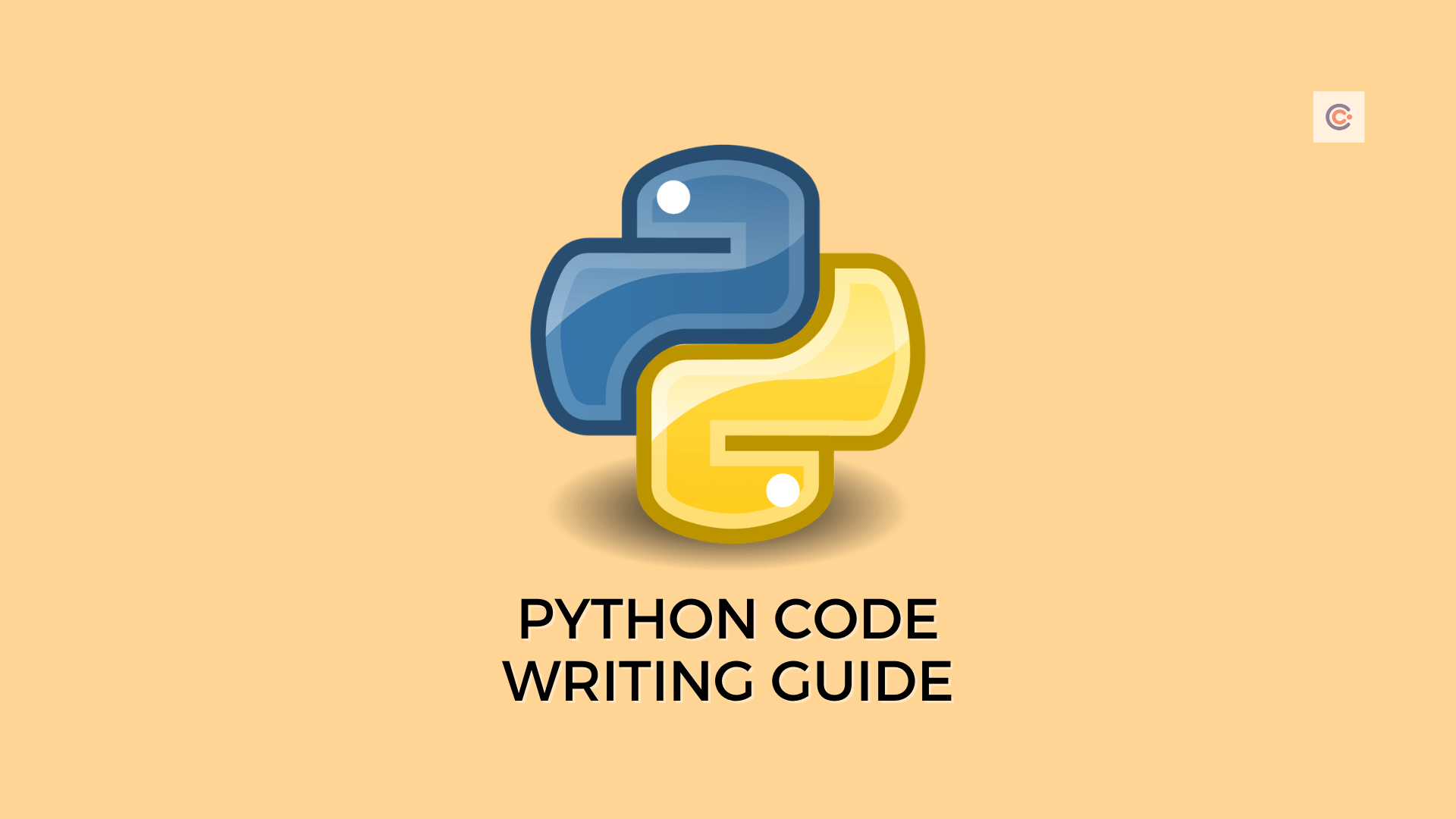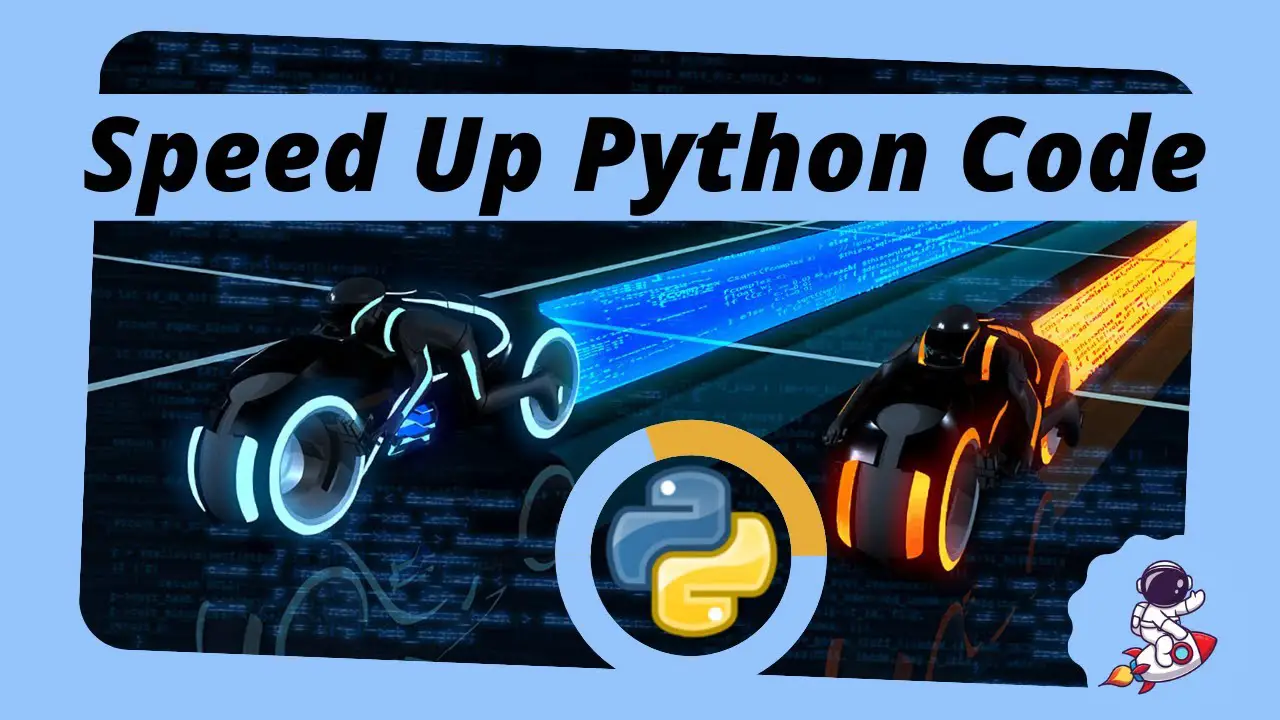Tips for Writing High-Performance Python Code

Python is a powerful and versatile language, but it can also be slow. However, there are a number of things you can do to write high-performance Python code.

- Use the right data structures. The data structures you use can have a big impact on the performance of your code. For example, lists are faster than tuples, and dictionaries are faster than lists.
- Avoid unnecessary copying. Copying data can be expensive, so try to avoid it whenever possible. For example, instead of creating a new list every time you need to add an item, you can append the item to an existing list.
- Use generators. Generators are a powerful way to iterate over data without having to create a list. This can save memory and improve performance.
- Avoid using global variables. Global variables can make your code harder to read and maintain, and they can also slow down your code.
- Profile your code. Profiling your code can help you identify bottlenecks and find ways to improve performance. There are a number of profiling tools available, such as cProfile and line_profiler.
By following these tips, you can write high-performance Python code that is efficient and easy to maintain.## Tips For Writing High-performance Python Code

Executive Summary
This article provides comprehensive guidance on writing high-performance Python code. It covers essential techniques for optimizing code speed and efficiency, including data structure selection, algorithm choice, and memory management. By following these tips, developers can create performant Python applications that meet the demands of modern computing environments.
Introduction
Python’s versatility and ease of use make it a popular choice for a wide range of applications. However, achieving optimal performance requires careful consideration of code structure and optimization techniques. This article explores proven practices for writing high-performance Python code, enabling developers to enhance the efficiency and responsiveness of their applications.
Data Structures
Choosing the Right Data Structure:
- Lists: Versatile and dynamically sized, lists are suitable for storing ordered collections of elements.
- Tuples: Immutable and hashable, tuples provide efficient data storage and fast lookup operations.
- Dictionaries: Key-value pair structures, dictionaries offer constant-time access for retrieval and insertion.
- Sets: Unordered collections of unique elements, sets provide fast membership testing and set operations.
- NumPy Arrays: Designed for numerical data, NumPy arrays provide optimized operations and support advanced mathematical functions.
Algorithms
Selecting Efficient Algorithms:
- Time Complexity: Measure the time taken by an algorithm to execute, using Big-O notation.
- Space Complexity: Quantify the memory space required by an algorithm.
- Recursion: Use recursion judiciously, as it can lead to stack overflow errors.
- Memoization: Store intermediate results to avoid redundant computations.
- Parallelism: Leverage multi-core or multi-processor systems by parallelizing code execution.
Memory Management
Optimizing Memory Usage:
- Reference Counting: Python’s built-in mechanism for garbage collection.
- Memory Profiling: Identify memory leaks and bottlenecks using tools like ‘memory_profiler’.
- Weak References: Use ‘weakref’ module to prevent circular references and avoid memory leaks.
- Garbage Collection: Understand the Python garbage collection cycle and manage memory effectively.
- Memory Pools: Create reusable memory blocks to reduce memory allocation overhead.
Profiling and Optimization
Performance Analysis and Improvements:
- Profiling Tools: Utilize tools like ‘cProfile’ or ‘line_profiler’ to measure code execution time and identify bottlenecks.
- Code Profiling: Analyze the time taken by each function and line of code.
- Optimization Techniques: Apply optimizations such as inlining, constant folding, and loop unrolling based on profiling results.
- Just-In-Time Compilation: Use ‘PyPy’ or ‘Numba’ for JIT compilation to enhance code speed.
- Code Refactoring: Reorganize and simplify code structure to improve readability and reduce complexity.
Conclusion
Writing high-performance Python code requires careful attention to data structures, algorithms, memory management, and optimization techniques. By following the principles outlined in this article, developers can create efficient and responsive Python applications that meet the demands of modern computing environments. Continuous profiling and optimization efforts ensure that code remains performant even as applications evolve and requirements change.
Keyword Phrase Tags
- High-performance Python
- Data Structure Optimization
- Algorithm Efficiency
- Memory Management
- Code Profiling and Optimization

I’m amazed by the clarity of these tips! I’ve already implemented them in my code, and I’ve seen a significant boost in performance.
While some of these tips are helpful, I find the lack of code examples to be a major oversight. It’s challenging to apply these concepts without practical demonstrations.
Nice summary of best practices! However, it’s important to note that some of the tips can be language-specific. Be cautious when applying them to other programming languages.
I disagree with the claim that prematurely optimizing code is always a bad idea. In certain scenarios, optimizing early can prevent bottlenecks and improve performance significantly.
Oh, look! Another article filled with obvious performance tips that you’ve probably heard a million times before.
If you follow these tips, your Python code will be so fast, it’ll make Usain Bolt look like a lazy Sunday driver!
I’m new to Python and found this article really helpful. I would appreciate more in-depth explanations of the concepts discussed.
I’m skeptical about the claim that using a profiler is always the best way to identify performance bottlenecks. Sometimes, a simple code review can reveal inefficiencies that a profiler might miss.
These tips are invaluable! I’m excited to try them out and see how they improve the performance of my code. Thank you for sharing!